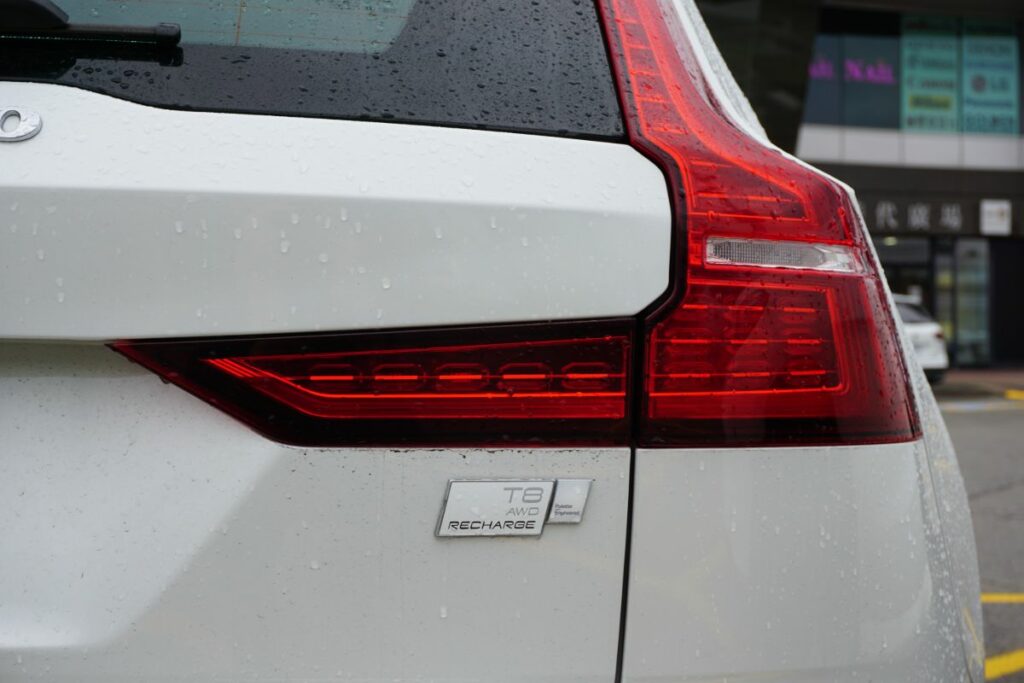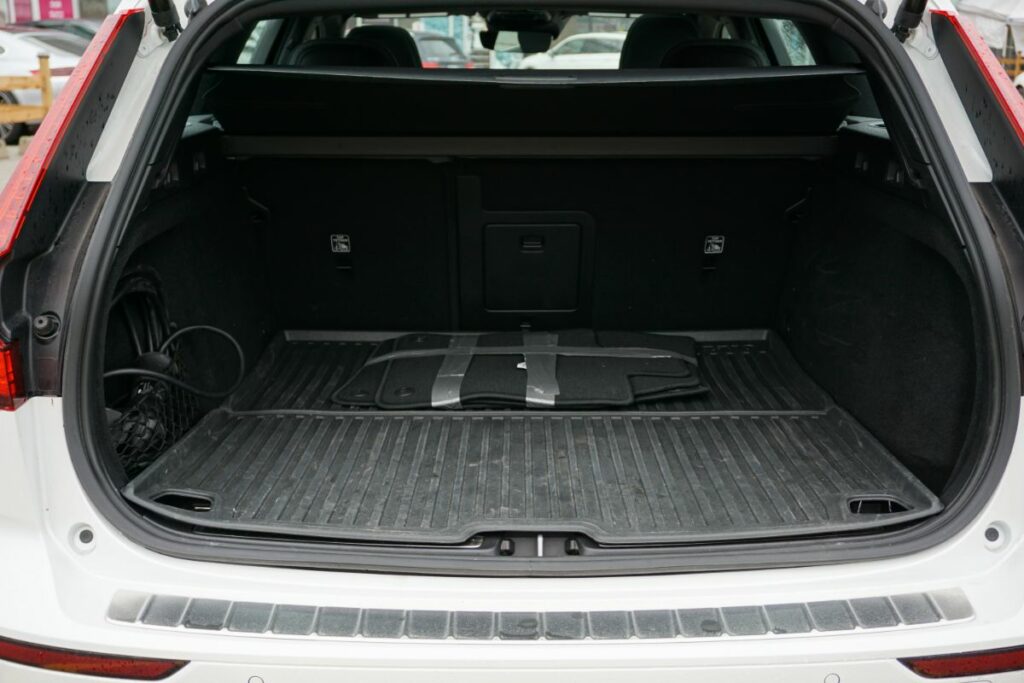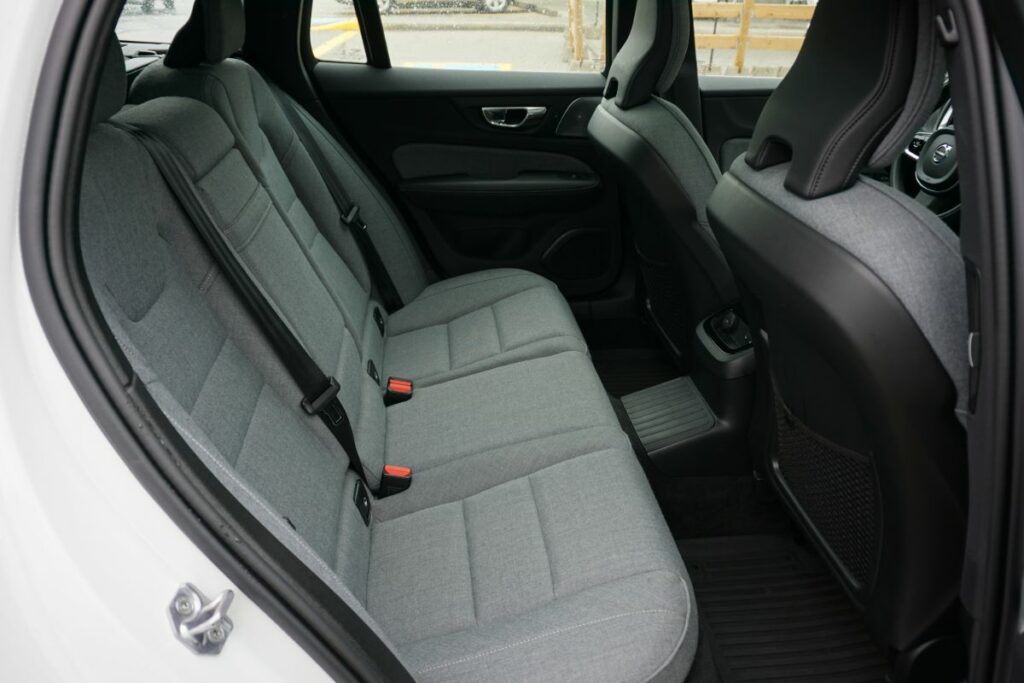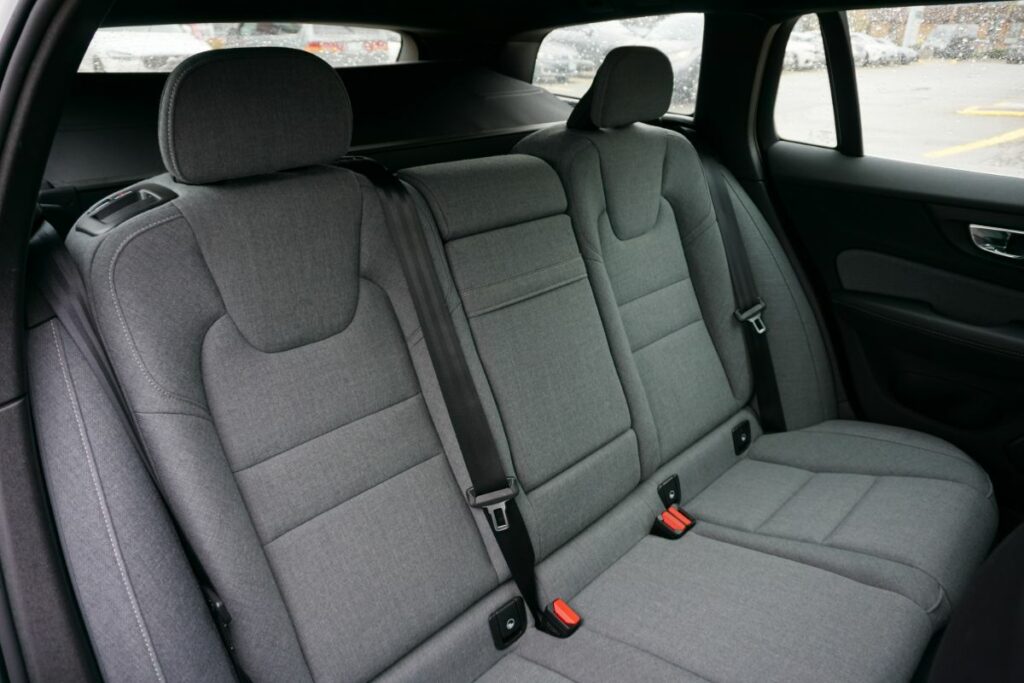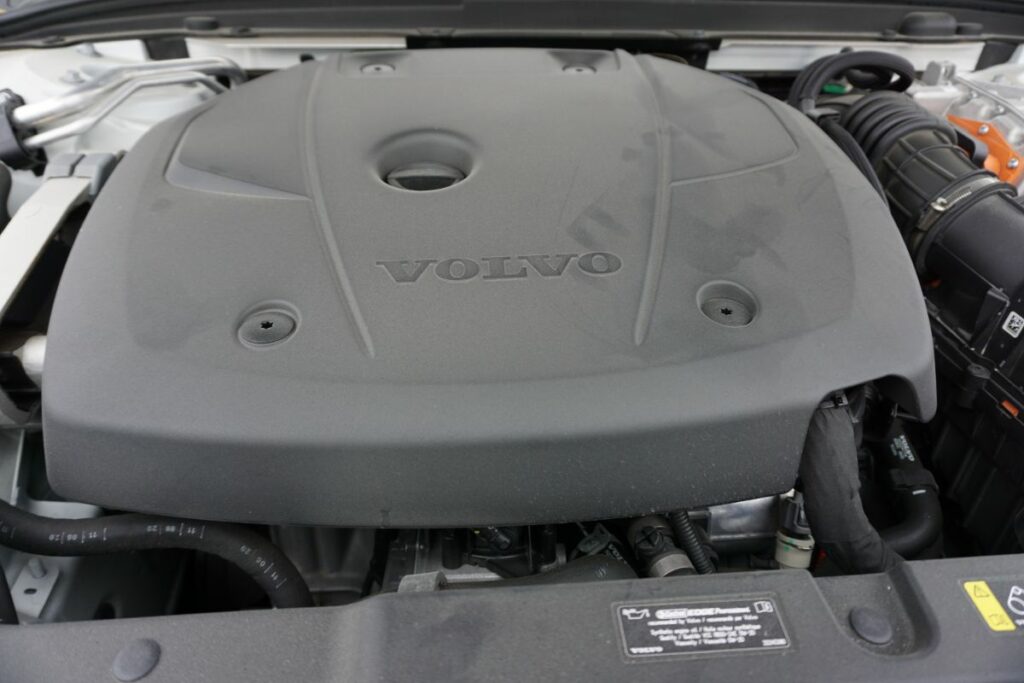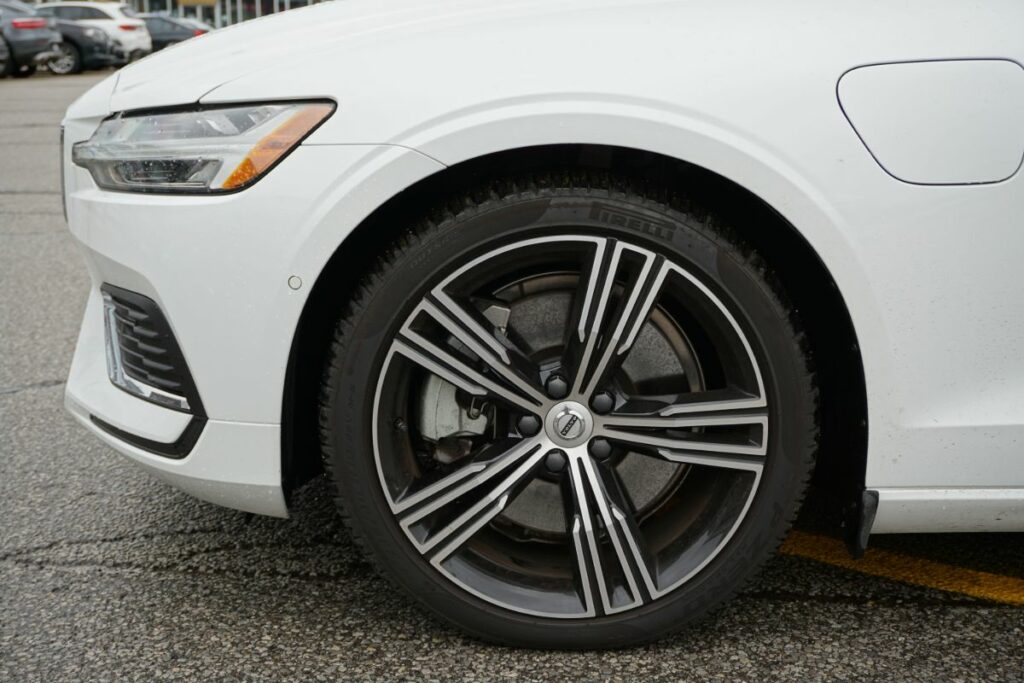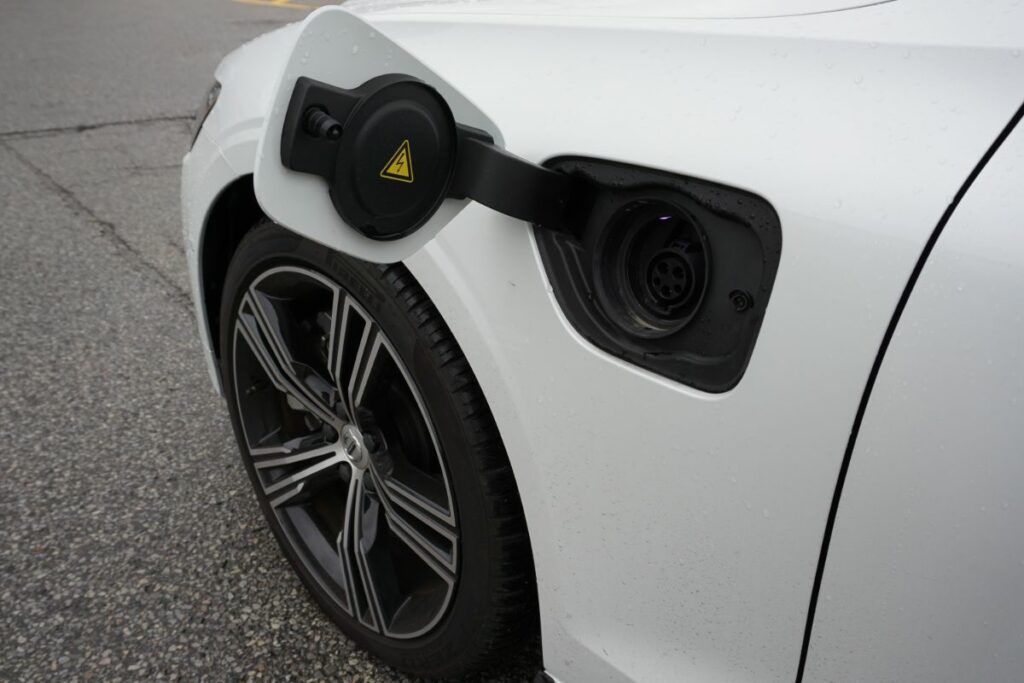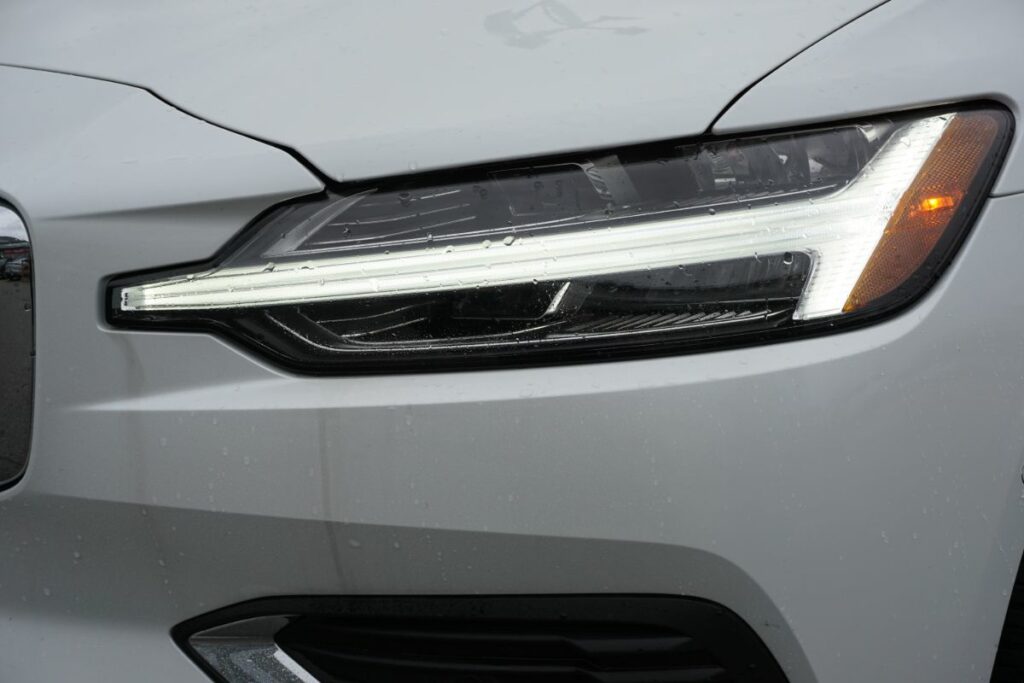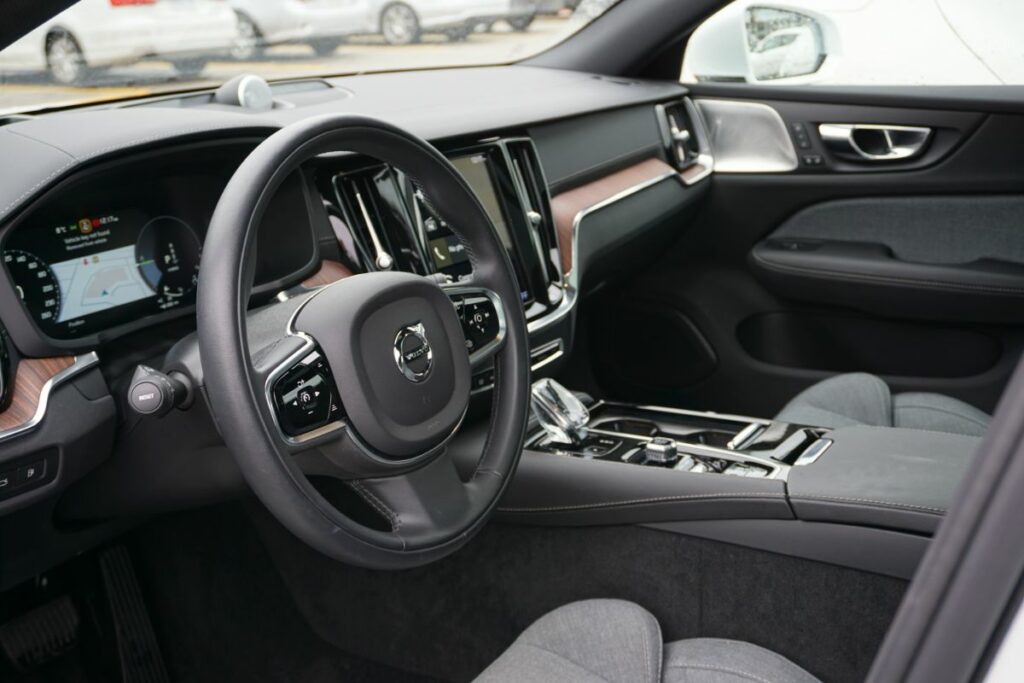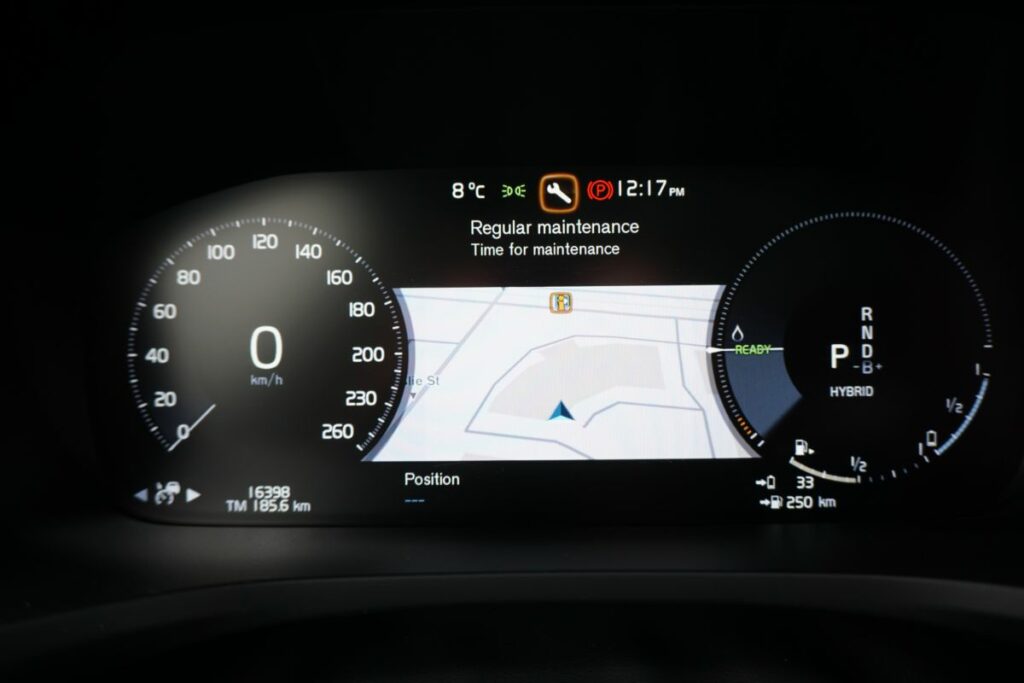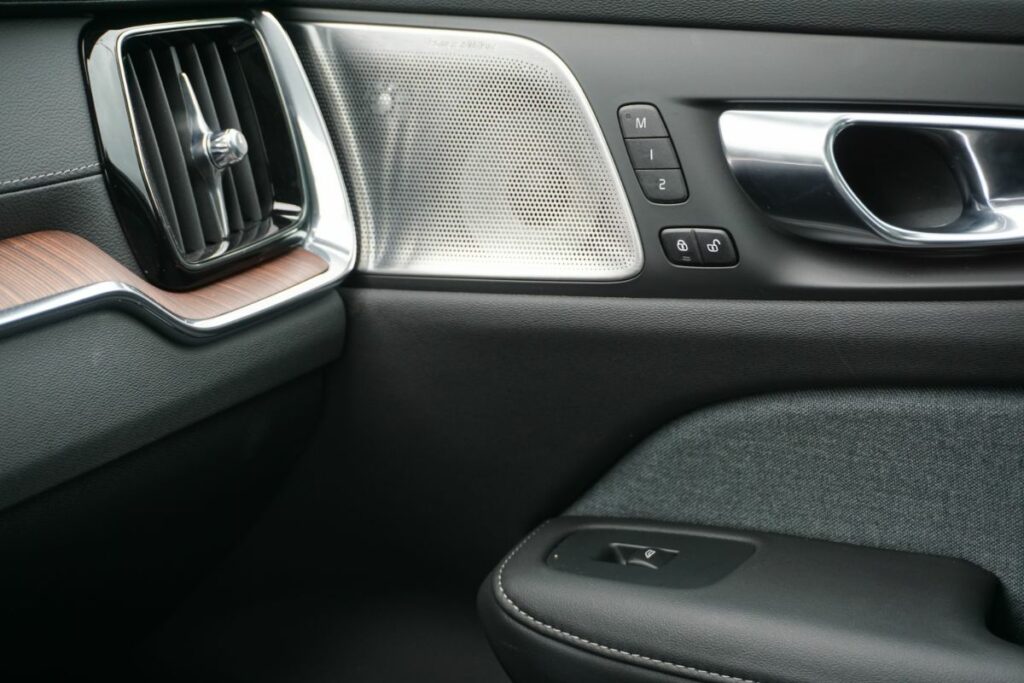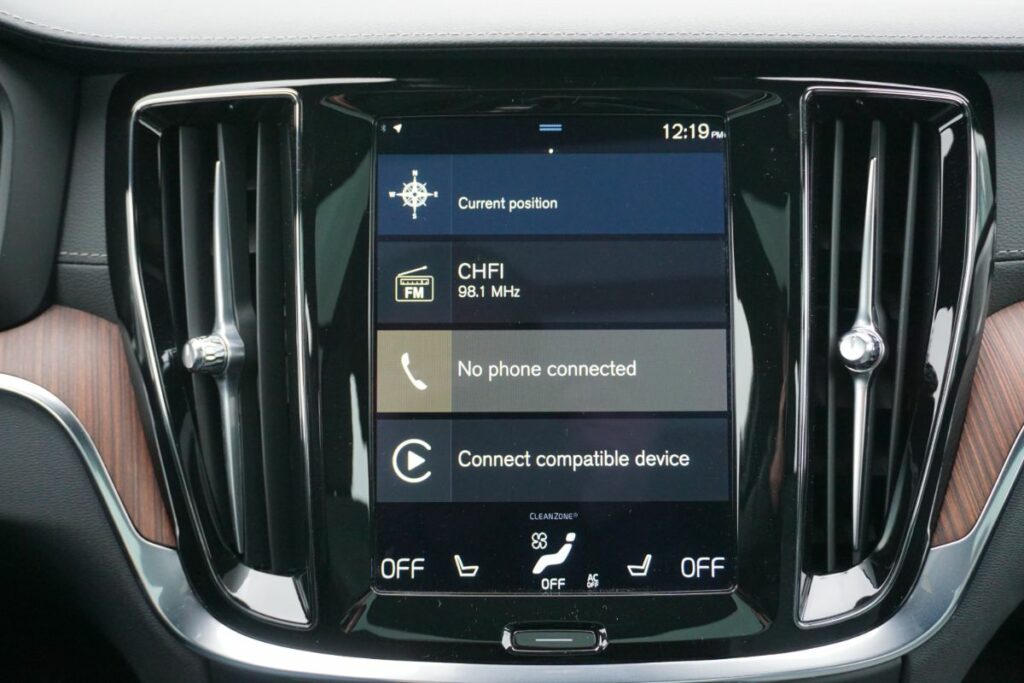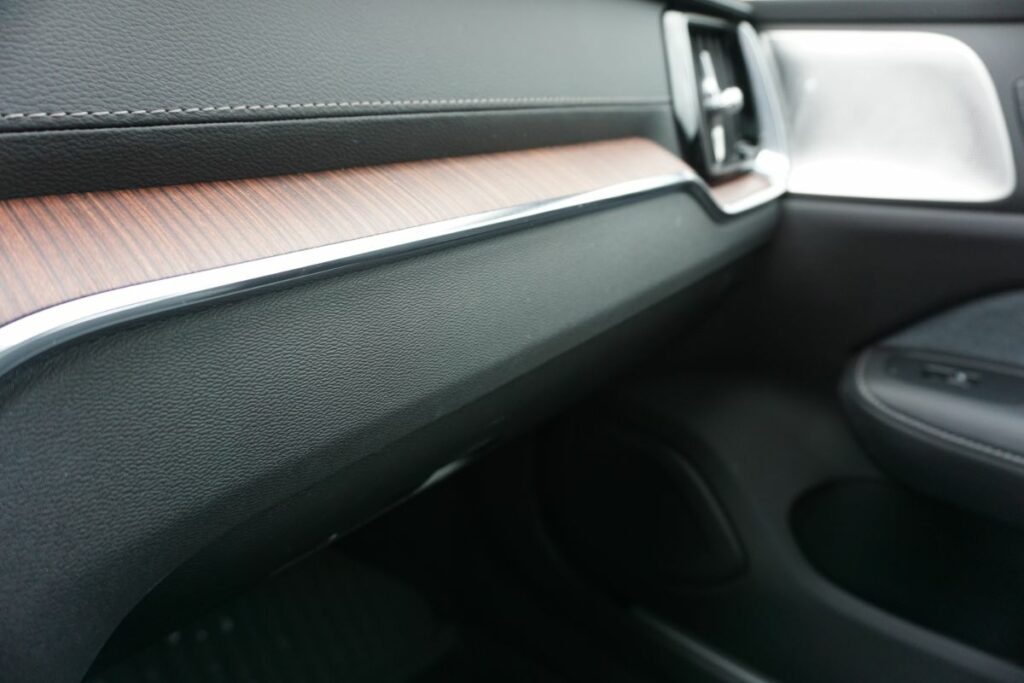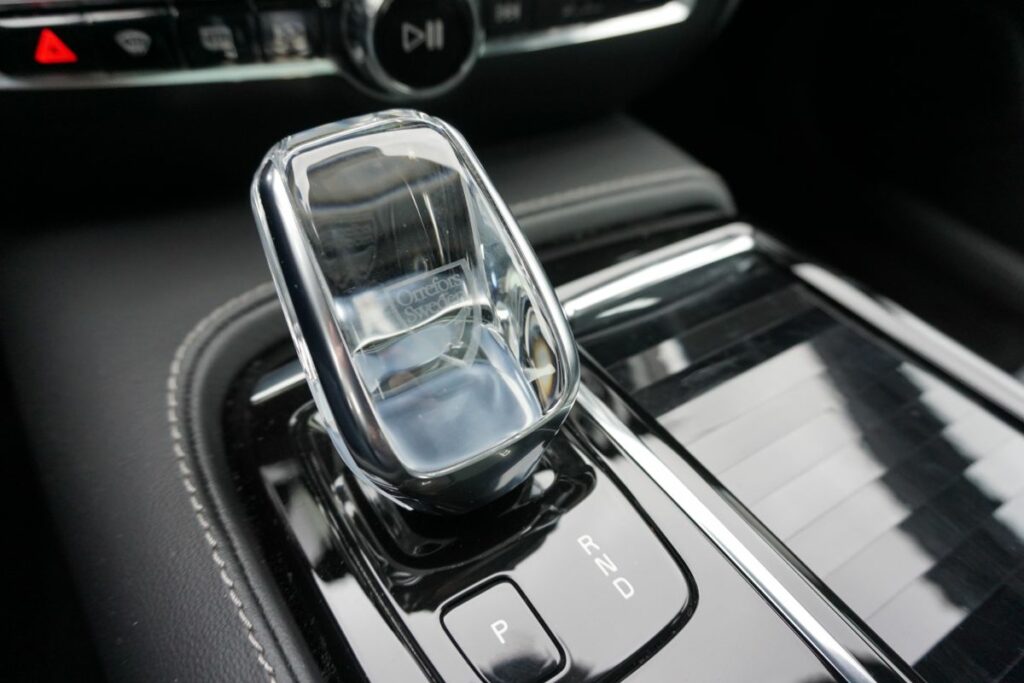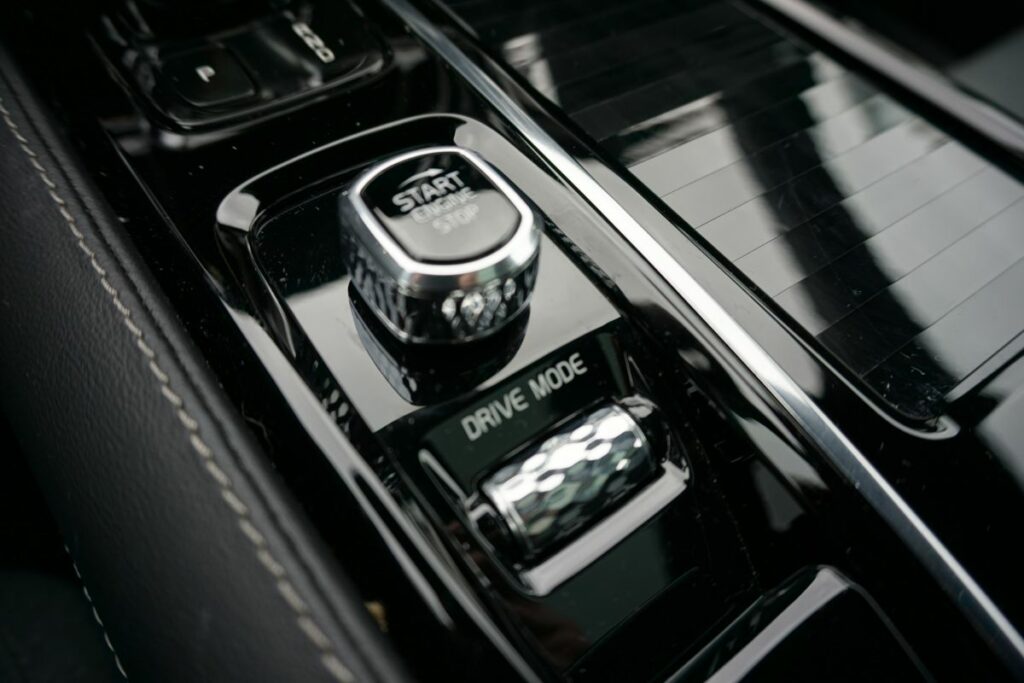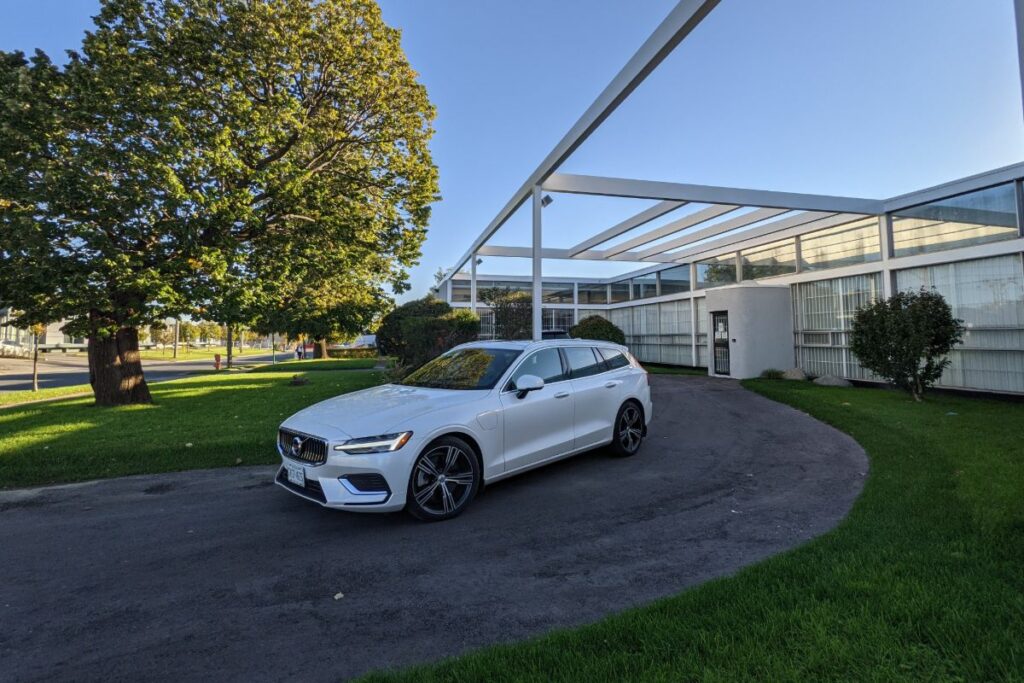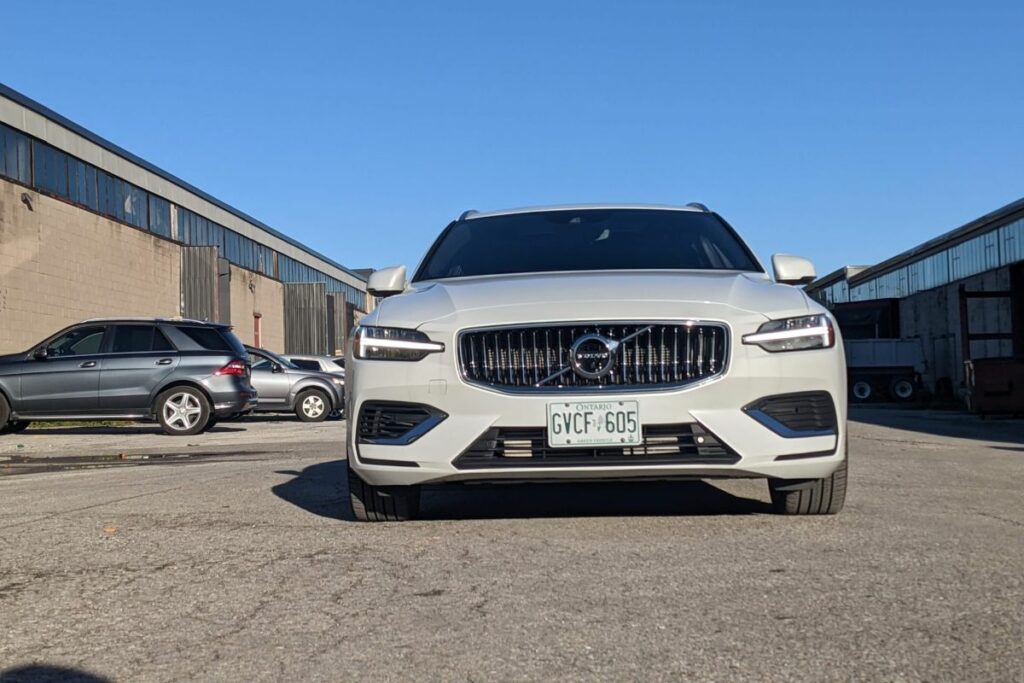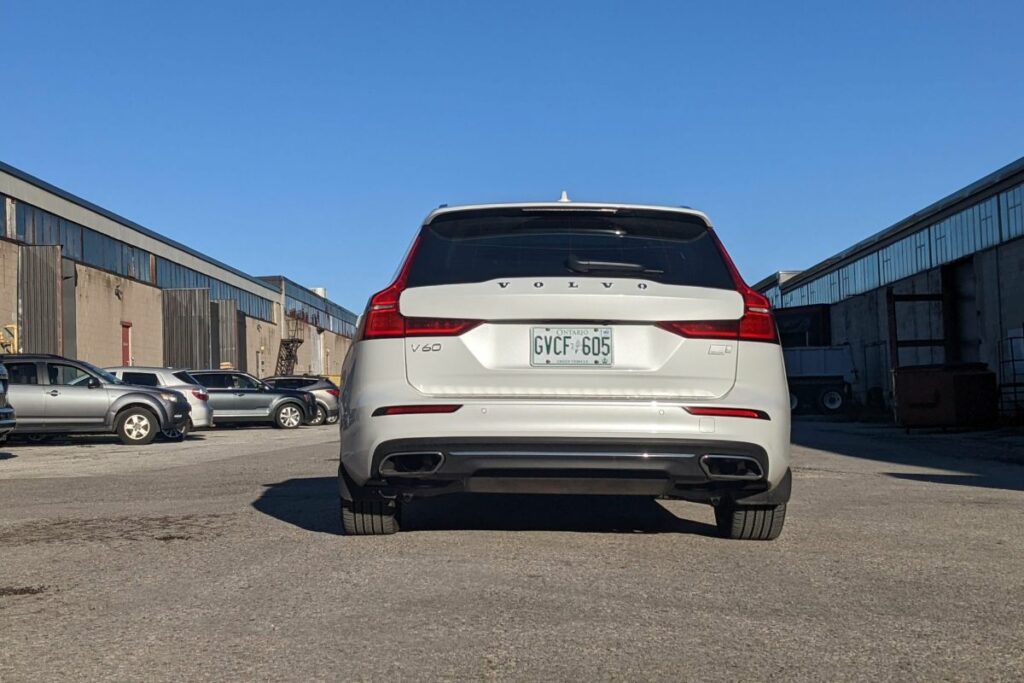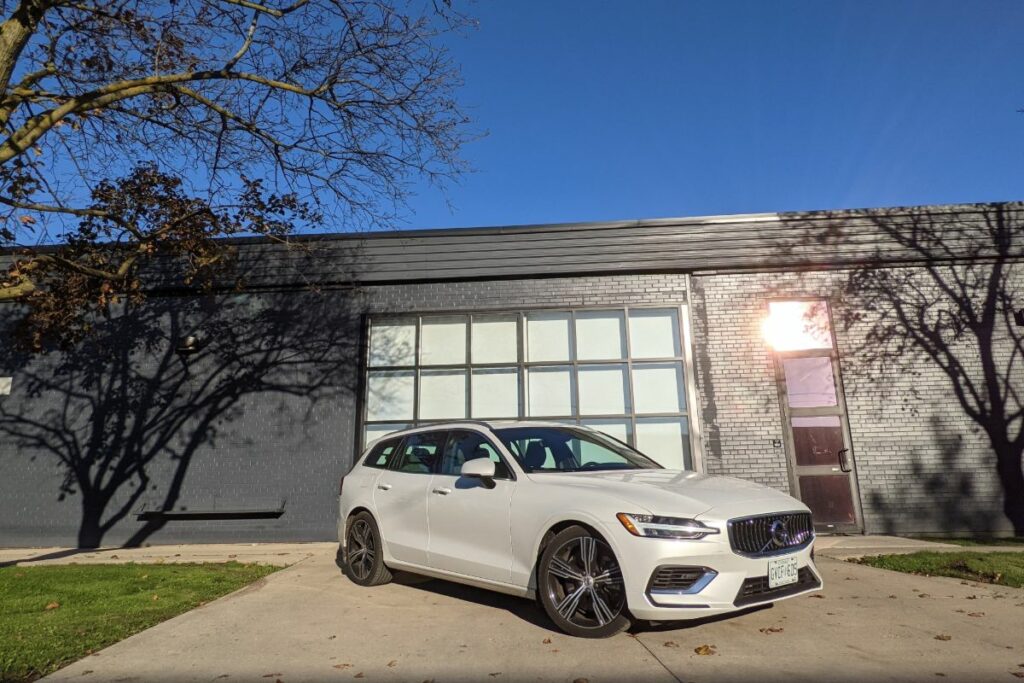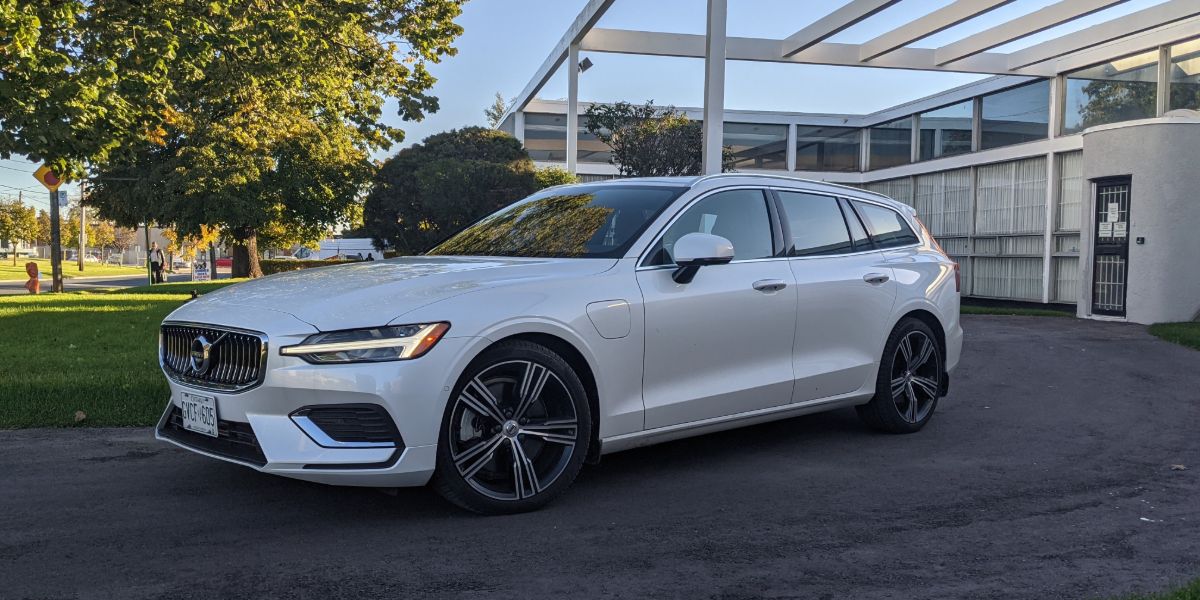You may have heard the tired old trope employed by automotive journalists over the years that the perfect car is this: a diesel-powered wagon shifted by a manual gearbox and painted a nondescript shade of brown. While we cannot deny that the sound of that does have a degree of appeal, there is a reason auto scribes are not installed as product planners for the exact reason that nobody would buy anything they would cook up. Oh sure, the enthusiast community would go wild and sing the praises of whatever model actually made it into production. The problem is that enthusiasts make up a tiny segment of the car-buying public, and what money they do have would rather be spent on something quirky and irreverent like an LS-swapped minivan rather than a car that actually makes sense; crossovers and SUVs go a long way towards paying the bills rather than oddball cars that appeal to a select few.
Despite Volvo killing off the achingly beautiful V90 wagon recently, those who count themselves among the fans of the long roof body style will celebrate the existence of the V60 wagon. It may not have quite the same presence and swagger as its former stablemate, but it is very pleasing to the eyes in its own right. Volvo does offer both the V60 and V90 in Cross Country guise, but we much prefer the simple and unfussy vibe that our tester gives off instead of those that are clearly pandering to the SUV set, what with their raised ground clearance and body cladding.
Our Recharge tester came loaded in Inscription trim, and featured Volvo’s Recharge plug-in hybrid drivetrain. That means you get a 2.0 litre turbocharged and supercharged inline-four-cylinder engine working in tandem with a battery pack and electric motors. This layout promises two benefits- one, increased efficiency because the car can provide 35 kilometers of electric only motivation. If you have a short commute, it’s possible that you would not use the gasoline engine at all during your drive into the office, which has a very glowing effect on fuel economy numbers. The other plus is something we can certainly get behind, and that is the added thrust it adds to the gasoline engine output, making some pretty stout horsepower and torque figures of 415 and 494 respectively. Putting your foot down on the throttle with conviction delivers some very fleet acceleration, with the electric motors filling in the gaps where the gas engine needs time to spool up its turbo and superchargers. All-wheel drive makes sure all that power gets to the ground and provides surefooted traction no matter the season.
With all four contact patches providing a reassuring purchase on the tarmac you happen to be traveling on, handling is best described as composed and surefooted. Since the vast majority of Volvo drivers are unsure what an apex even is, we are confident that the V60’s mild reluctance to storm down a favorite backroad isn’t going to be an issue. Still, there is a sporting element to its driving behavior, especially in its Polestar Engineered (read: Sport) driving mode. We found it a bit curious why there are no shift paddles on the steering wheel, nor can you manually select ratios from the gear lever itself- but, like we said, it’s highly unlikely anyone will complain. When you summon the brakes, the wooden pedal feel you sometimes experience around town disappears and the instrument panel displays the kinetic energy being recaptured by the batteries for use later on. The V60 will get frisky here and there but it feels the happiest cruising through town and on the highway, with impressive power for merging and passing only a twitch of the right foot away.
Volvo has always been the recipient of admiration for how it does interiors, and our V60 was no exception. While it may lack the sheer opulence of say, the XC90, it is a pretty lovely place to fulfill your driving duties. We have never been shy to lavish praise on the seats- Volvo makes some of the most comfortable perches in the business- but we found to our delight that they are upholstered in an unusual wool fabric that is so cool and you won’t care when they start showing the soiling typical of a daily driver. We were also smitten by the crystal gear lever. Not only is it beautiful to behold, but it feels so right in your hand, like an uncut gem polished by the sea. Of course, being a Volvo, it has every single safety feature both active and passive that will help protect your precious cargo and ensure that their legacy as a purveyor of the safest cars on the road continues.
The V60 Recharge does check many boxes for the discerning luxury long roof buyer yet it left us a bit cold a few areas, but fear not: the complaints are minor. The first thing we found to our distaste is not the beautiful gear lever we just gushed about but its action. If you want Drive, you must pull it down twice towards you. Reverse? That’ll be two tugs forward. Whose idea was it to have to shift gears that way? We noticed that while driving around town at slower speeds the handoff between gasoline and electric methods of propulsion felt unsure at times, but the system overall is so much better than the last time we drove a T8 powered XC90 a few years ago. Our last gripe would be directed at the Sensus Connect infotainment system. We have never called ourselves fans of its layout and menu structure and it’s high time time for a rethink. With Volvo embracing a tech-heavy electrical future, a clean slate is in order.
Wagons have always been a part of the fabric of Volvo’s brand, and more than a few of us fondly recall making faces at drivers through the rear window glass while perched in our rear-facing seats (remember those?) in 240 and later on, 760 models from our youth. We hope that Volvo chooses to keep the wagon flame burning bright, even if that ‘flame’ is not brown, diesel-powered, and shifted by a manual gearbox.
Volvo V60 Recharge – Specifications
- Price as tested: $81,750
- Body Type: 4-door, 5-passenger SUV
- Powertrain Layout: Front engine/front and rear electric motors/all-wheel drive
- Engine: 2.0-litre turbocharged and supercharged inline-4, DOHC, 16 valves
- Horsepower: 318 @ 5,700 rpm
- Torque (lbs.-ft.): 295 @ 2,200 rpm
- Battery Pack Output: 11.6 kWh
- Total system output: 415 horsepower/494 lbs.-ft of torque
- Transmission: 8-speed automatic
- Curb weight: 2,054 kg (4,520 lbs.)
- Observed fuel economy: 9.9L/100 km (24 mpg)
